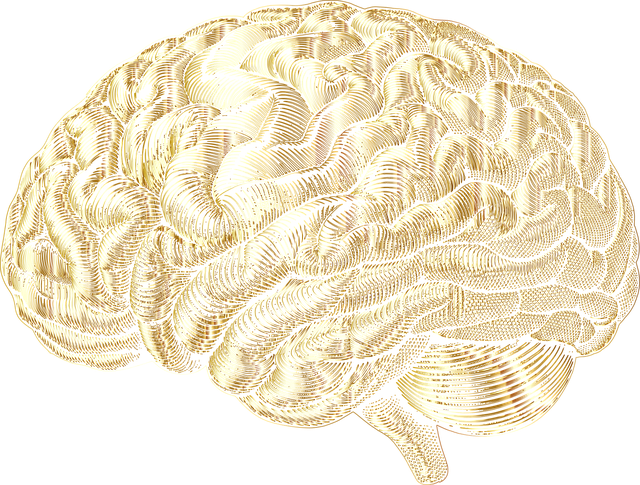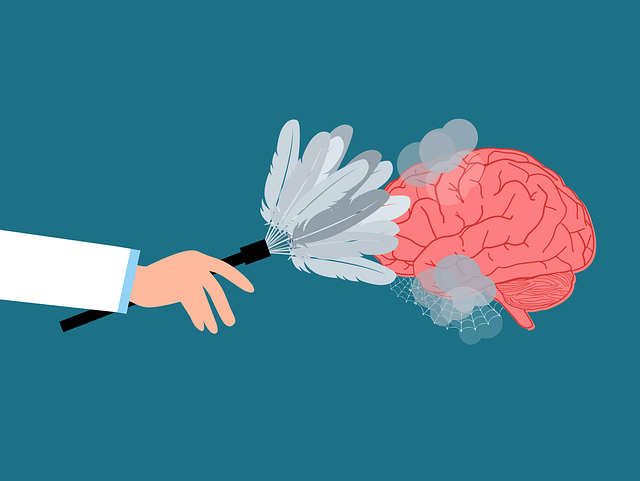Burnout is a significant concern in healthcare, exacerbated by Lafayette Adjustment Disorder (LAD), a stress-related condition causing anxiety, depression, and disengagement. To combat burnout, healthcare organizations should foster supportive environments with open communication, team activities, and mental health resources. Incorporating mindfulness practices like Lafayette Adjustment Disorder Therapy sessions and self-care techniques empowers professionals to manage stress, regain balance, and improve emotional well-being, ultimately enhancing patient care.
Healthcare provider burnout is a growing concern, with high stress levels leading to decreased patient care. This article explores effective strategies to prevent and combat burnout, focusing on creating resilient healthcare environments. We delve into recognizing early signals of stress, such as symptoms of Lafayette Adjustment Disorder, and offer techniques for recovery and recharge. By implementing these strategies, healthcare professionals can improve well-being and enhance patient satisfaction. Key topics include therapy options for Lafayette Adjustment Disorder and fostering a supportive work environment.
- Recognizing Burnout Signals: Understanding Lafayette Adjustment Disorder
- Strategies for Prevention: Creating a Resilient Healthcare Environment
- Post-Burnout Recovery: Techniques for Recharge and Reconnect
Recognizing Burnout Signals: Understanding Lafayette Adjustment Disorder

Burnout is a significant concern within the healthcare industry, impacting both professionals’ well-being and patient care quality. Recognizing early signs of burnout is crucial to implementing preventative measures. One often overlooked aspect is the role of Lafayette Adjustment Disorder (LAD), a condition characterized by emotional and behavioral responses to stressful events or major life changes. Healthcare workers, especially those in demanding environments, may be vulnerable to LAD symptoms like severe anxiety, depression, and disengagement.
Therapy plays a vital role in addressing LAD. Through mental health policy analysis and advocacy, access to evidence-based therapy techniques, such as cognitive-behavioral therapy (CBT), can be improved. These Emotional Well-being Promotion Techniques focus on mood management, helping individuals process stress, enhance resilience, and develop healthier coping mechanisms. By recognizing LAD as a potential burnout signal and advocating for appropriate support, healthcare providers can foster a more sustainable and positive work environment.
Strategies for Prevention: Creating a Resilient Healthcare Environment

Creating a resilient healthcare environment is paramount to preventing burnout among providers. This involves implementing strategies that foster a culture of support and well-being. Encouraging open communication channels allows healthcare professionals to share their experiences, concerns, and challenges without fear of judgment. Regular team-building activities and social events can enhance camaraderie and build empathy among colleagues, creating a sense of belonging.
Incorporating mindfulness practices, such as meditation or Lafayette Adjustment Disorder Therapy sessions, into the work schedule can provide much-needed breaks and anxiety relief. These practices promote emotional healing processes, helping providers manage stress and maintain a healthy work-life balance. Additionally, providing resources for mental health support and offering flexible schedules can further contribute to creating an environment where healthcare providers feel valued, understood, and empowered.
Post-Burnout Recovery: Techniques for Recharge and Reconnect

Post-burnout recovery is a crucial step for healthcare providers to recharge and reconnect with their passions. After experiencing chronic stress and emotional exhaustion, therapists and caregivers must prioritize self-care and seek support to regain balance. Techniques such as mindfulness meditation, regular exercise, and engaging in hobbies can aid in managing stress levels and improving mental wellness. Emotional Regulation plays a pivotal role here; learning to process and release intense emotions sustainably is essential for long-term recovery.
Lafayette Adjustment Disorder Therapy can offer specialized support, focusing on coping skills development and promoting a sense of equilibrium. Mental Wellness Coaching Programs Development tailored for healthcare professionals can provide practical tools to manage workload, set boundaries, and foster resilience. These initiatives not only enhance emotional well-being but also strengthen the individual’s ability to reconnect with their work, ultimately leading to improved patient care and job satisfaction.
Healthcare provider burnout is a significant issue, but with the right strategies, it can be prevented and managed. By recognizing early signs of stress and fatigue, such as those indicative of Lafayette Adjustment Disorder, and implementing resilient work environments, healthcare professionals can avoid emotional exhaustion. Additionally, post-burnout recovery techniques like therapy and recharge activities are essential for returning to well-being. Integrating these strategies into daily practice fosters a healthier, more sustainable career in healthcare. Remember, burnout prevention is a proactive step towards ensuring quality patient care and maintaining professional satisfaction.










